The National Maritime Museum and Greenwich’s Royal Observatory are institutions with a tradition of looking across watery horizons and into the expanses of the universe. Both have aided not only our empirical scientific understanding of life, but also given tantalising hints about the nature of our existence. The 17th-century Queen’s House sits on the same UNESCO World Heritage Site in Greenwich, and now houses an exhibition by Dryden Goodwin, an artist who has spent his career tussling with the difficulty of capturing identity.
Goodwin is known for blending media such as film and drawing to startlingly immediate effect. In Unseen: the Lives of Looking, he combines etchings, photography and even experimental scoring in an intense feature-length essay film ostensibly about three individuals: a planetary explorer, an ophthalmic surgeon and a human-rights lawyer. Fragmented, much like Goodwin’s own interpretation of identity, they are enigmatic, sumptuously-produced portraits that certainly do not provide an exhaustive amount of factual information, yet feel truer and more revealing than a biographical tome.
The film itself proceeds at a stately pace. A soundtrack hums as we are shown defamiliarising angles of London’s landmarks, while a breathtaking wide-angle shot shows how the glimmer of the city outweighs a robust fireworks display. Goodwin’s hands hurriedly sketch out these scenes, as well as random anonymous faces, on to tiny cards clasped in his hand. The mood shifts as the focus turns to Sir Peng Tee Khaw, a specialist in the treatment of glaucoma, with extreme close-ups of irises and retinas and scattered hospital tools. As with everyone else we meet, his voice and actions are somewhat disembodied – rarely are people’s faces shown directly.
In the section concerning Professor Sanjeev Gupta, with whom Goodwin travelled to Dorset’s Jurassic Coast, the camera lingers over rocky, alien landscapes as Gupta talks about the possibility of discovering narratives in terrain. In an accompanying display, we are shown artefacts such as one of Gupta’s mallets and an array of Goodwin’s sketches. It is only in the final portrait, of Leigh Day solicitor Rosa Curling, however, that the dynamism of these images becomes grounded. The legal world comes to life through a compelling monologue on the state of the nation, as Curling talks about whistleblowing, drone attacks and the need for UK judges to rule against their own government. It channels a powerful sense of humanity.
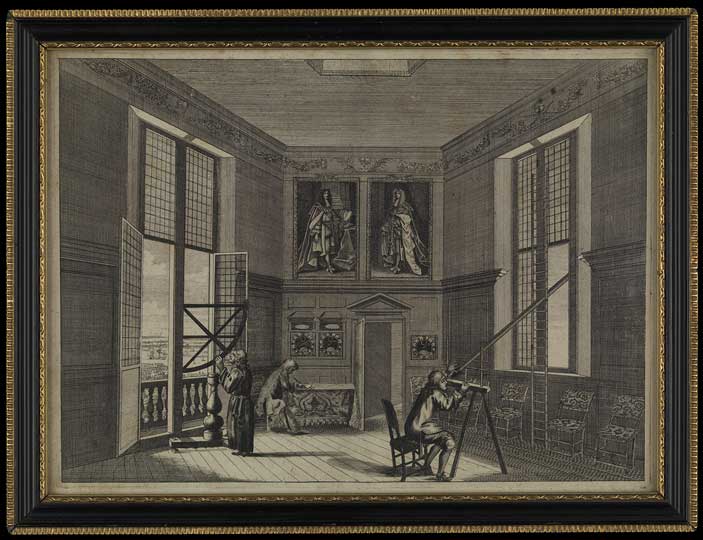
Prospectus intra Cameram Stellatum (View inside the Star Room) (1712), Francis Place National Maritime Museum
Goodwin studied under William Coldstream, a professor of fine art at the Slade School of Art whose approach to depiction was of a measured, direct observation. Goodwin may now be a reader in Fine Art at the Slade himself, but his own work couldn’t have taken him further away from the approach of his teacher. In Unseen, we meet Goodwin’s father and his son, Jeffrey and Fynn Cole, while there is space in the display too for a section about three figures in maritime history; Goodwin is deliberately blurring identity and history. With the help of the Whitechapel Gallery’s film curator, Gareth Evans, who was an executive producer, this bold work is like the sun shown in its closing moments.
‘Unseen: The Lives of Looking by Dryden Goodwin’ is at the Queen’s House, London, until 26 July.
Unlimited access from just $16 every 3 months
Subscribe to get unlimited and exclusive access to the top art stories, interviews and exhibition reviews.

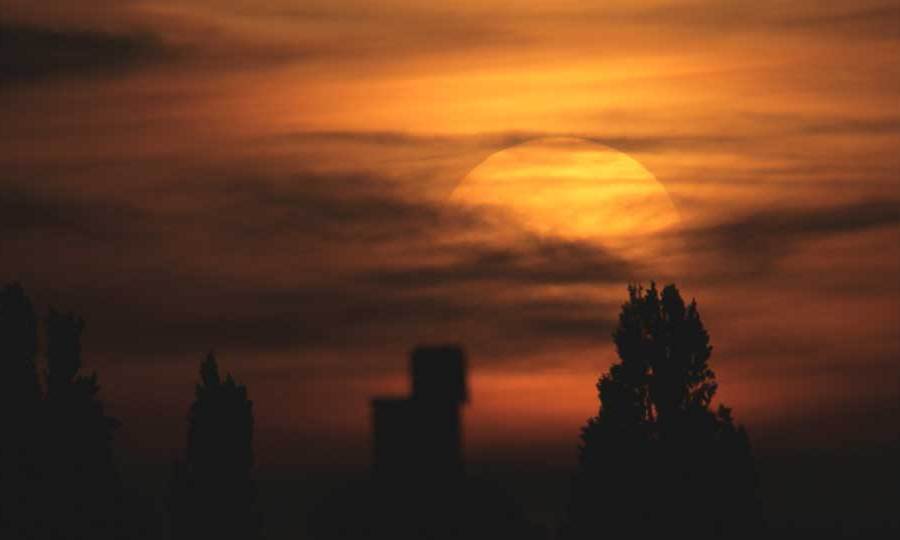
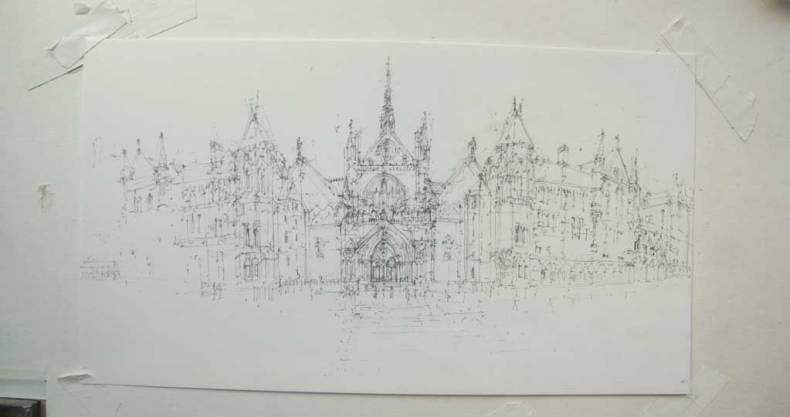
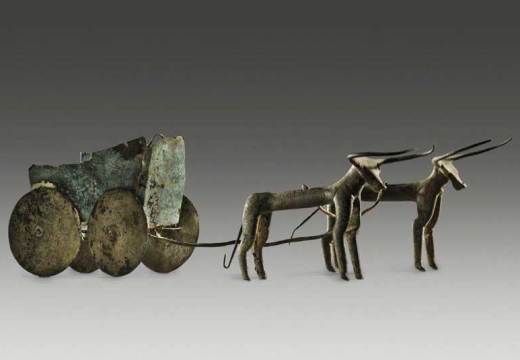
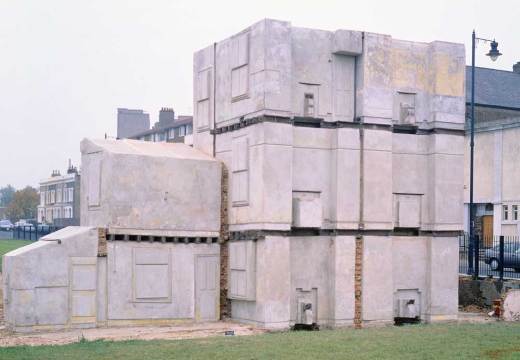
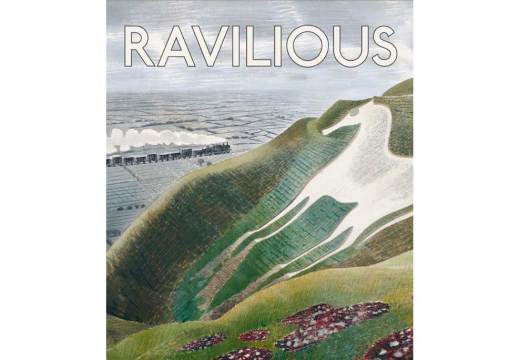









![Masterpiece [Re]discovery 2022. Photo: Ben Fisher Photography, courtesy of Masterpiece London](http://www.apollo-magazine.com/wp-content/uploads/2022/07/MPL2022_4263.jpg)
It’s time for the government of London to return to its rightful home